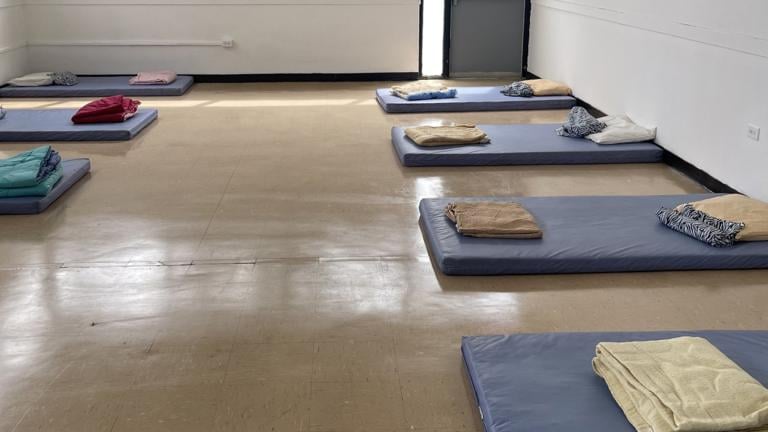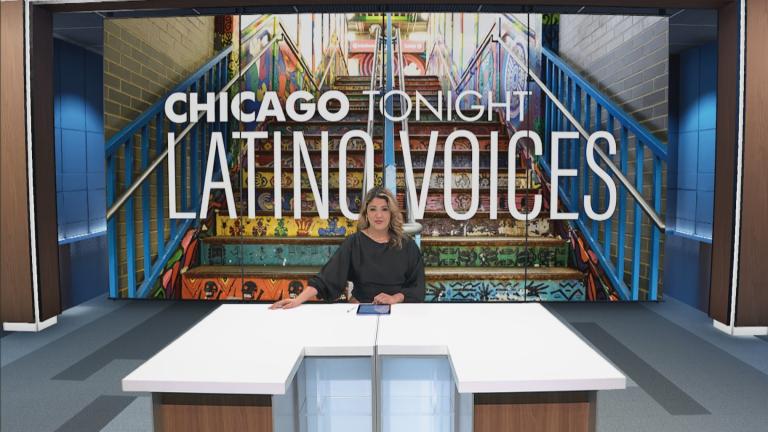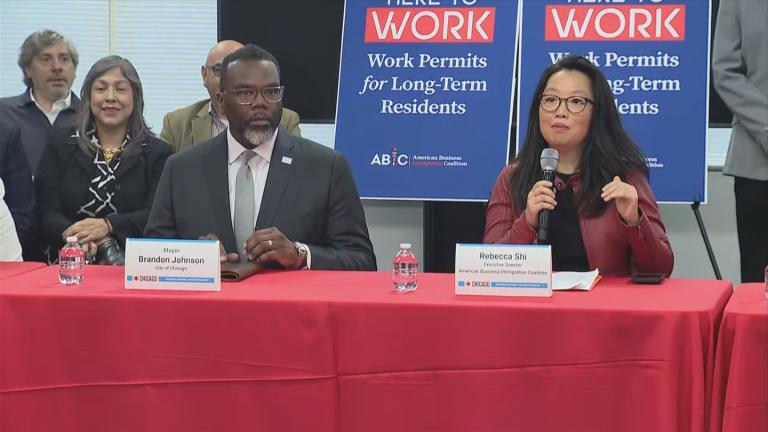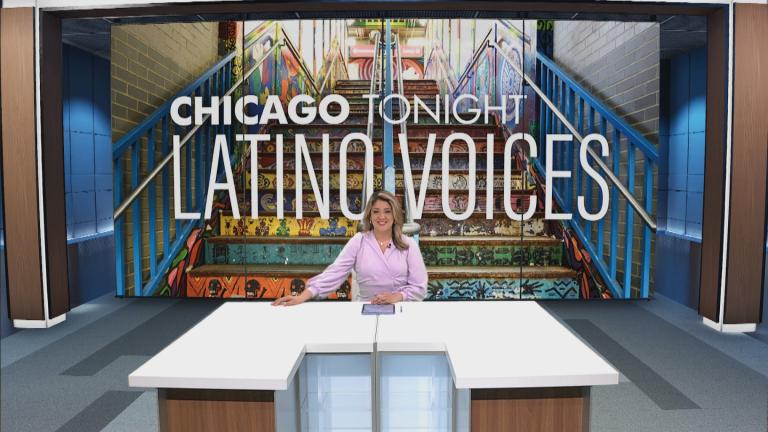Another name has been added to the grim tally of car-related deaths in Chicago after a driver struck and killed a 44-year-old bicyclist Samuel Bell in the River West neighborhood on Sept. 8.
Estimates from the National Highway Traffic Safety Administration indicate that the rates of traffic-related deaths are the highest they’ve been in 20 years. The agency estimates over 9,500 people in the U.S. were killed in auto crashes during the first quarter of 2022, up 7% from the same period in 2021. Of those deaths, 280 were in Illinois, and at least 35 of those were in Chicago, according to the city’s data portal.
José Miguel Acosta Córdova, senior transportation policy analyst at the Little Village Environmental Justice Organization, says traffic-calming devices like speed bumps, medians and protected bike lanes are not always popular with car drivers, but they do increase safety for road users simply because they make drivers slow down. But they are also unevenly applied around the city.
“On the North Side, there’s a lot more of these traffic-calming devices. You look at the South and West sides that it's not the case, and we have roads that often have more lanes, and that actually encourages drivers to drive faster,” Cordova said.
An analysis by ProPublica showed tickets from traffic camera violations are disproportionately issued in Latino and Black communities. But Leslé Honoré of the Center for Neighborhood Technology says responding to traffic deaths with increased ticketing misses the mark.
“What we need is better planning, what we need are streets that are designed for everyone and not just for cars,” Honoré said. “What we need to do is really talk about root causes … We need to ensure that funds that are coming federally now to the city are dispersed equitably to the communities that need them.”
Cordova agrees finding the right level of enforcement is difficult – in part because people don’t always see traffic deaths as part of public health.
“Many of us are coming from communities that are highly policed, so we don’t always see more policing as the solution,” Cordova said. “I think there’s a lot of people who have mixed feelings about what should happen to people who are involved in automobile-related deaths.”
Ruth Rosas, Streetsblog Chicago Latine communities reporter and community programs coordinator at Lurie Children’s Hospital, says while injuries and deaths resulting from car traffic might not always be considered a public health concern, ultimately, nearly everyone has an interest in making streets safer.
“As soon as you walk out of your door, you become a pedestrian or a road user,” Rosas said. “We know there’s more fatalities, but it has always been an issue. And when you talk to people especially that live in communities … on the South and West sides that have been disinvested, they’ve seen this for a long time and now we’re seeing it escalate and we’re seeing it in other parts of the city. …Now we’re getting the unintended consequences of the issues that we had neglected before growing.”
Streetsblog Chicago tracks traffic fatalities, but their numbers don’t always align with the city’s portal that tracks the same data. Rosas said the difference stems from how the police report the information.
“I believe it’s because when police are actually writing the reports of when people are killed on our streets, if the police don’t file something or don’t put in certain information, it does not get put into the data tracker from the city in a correct way,” Rosas said. “We actually do a much more thorough investigation and our numbers tend to be different because we’re actually taking into account a lot of other things that maybe police didn’t get in to the report right away. And so the data portal is usually updated at the end of the year with more accurate information, but you have to wait until the end of the year or maybe even a couple of years to get the accurate numbers.”
An analysis by the American Journal of Preventative Medicine suggests that Latino and Black Americans are disproportionately affected by vehicular fatalities. In historically segregated Chicago, Honoré says that imbalance is a result of decades of neglect and disinvestment in marginalized communities.
“We know when this city was planned and how segregated it is, that Black and Brown communities weren’t given the infrastructure and were under resourced purposefully. And what that creates is the legacy of continued under-resourced communities, infrastructure that’s not maintained, streets and sidewalks that aren’t walkable,” said Honoré. “When we have sidewalks that are iced over in the winter or overrun with plants in the summer, [people] choose to walk in the street because that’s the safest route, which puts them in direct contact with cars. So when we under-support our communities, that is why we have a higher rate of tragic accidents like this happening.”








